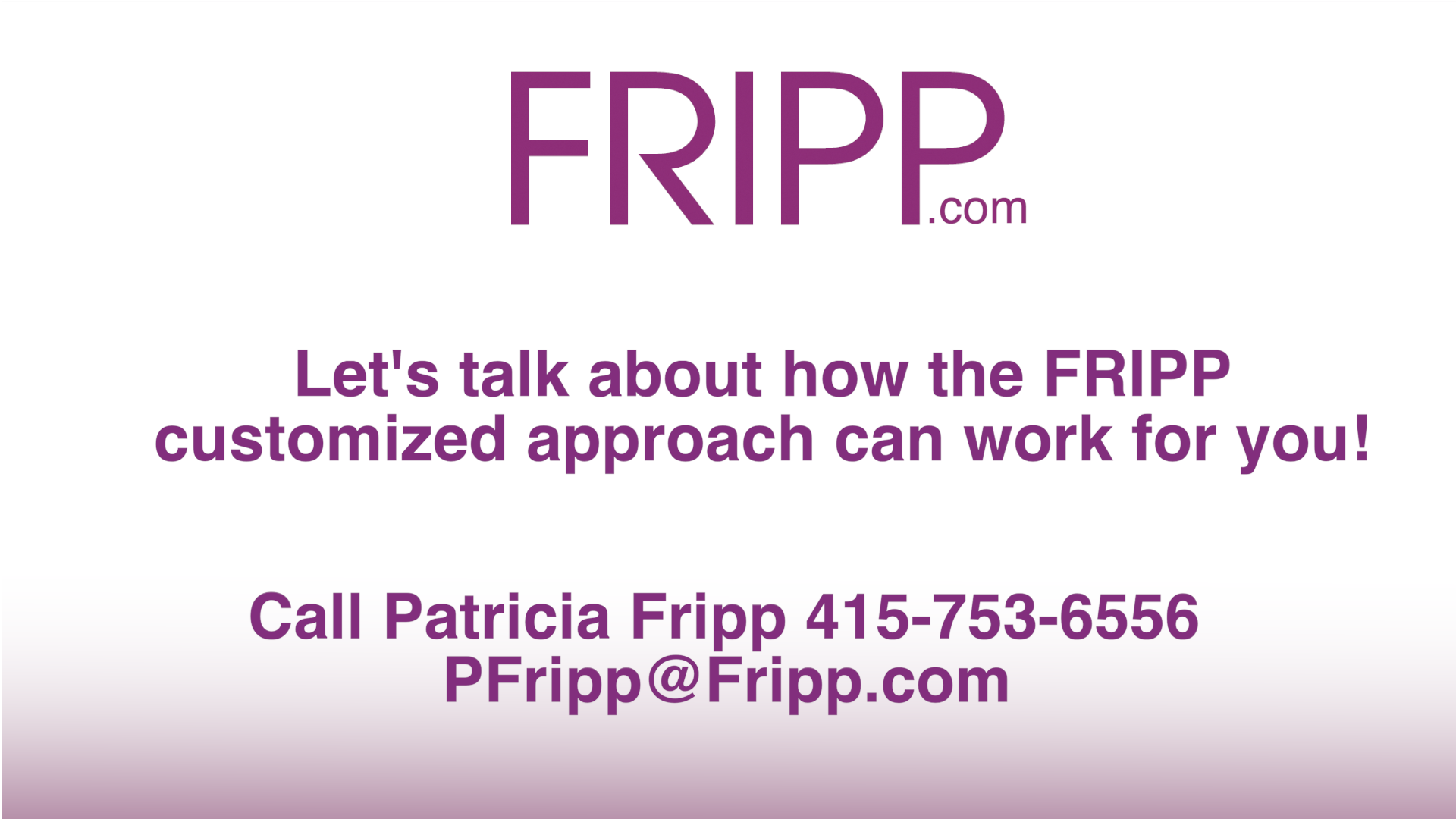
Techniques Behind Memorable Stories
Many presenters make the mistake of thinking that a story must be dramatic and life-changing to be memorable. In reality, we can garner meaning from simple, everyday-life stories, and that makes them relatable.
Then-Now-How Formula
This is where I was; this is where I am now; this is how I got there.
Hollywood movies have a formula for successful storytelling that we can use. The hero or protagonist in your story is not necessarily a heroic character – just the person through whose eyes we see the story. This might be you or another person.
For that, we need to provide a backstory: enough information for your audience to see the character, identify with them, relate to their emotions or situation, and empathize with them. A good way to do that is to offer “a day in the life.”
This is the before picture.
Adding dialogue will help your audience understand and relate to the situation.
Share an average day in the life of the hero. This is the THEN.
Help your audience relate personally to your hero’s situation at the beginning of your story. The audience can better relate to the hero when they understand some of the backstory. What is their job? At what time of their life does this happen?
Then, something happens . . .
In a movie, this is the inciting incident that propels the hero into a challenge that leads to a lesson learned. In your story. this is the challenge or obstacle you or your character had to overcome.
The result of that is . . .
How did the hero handle the challenge? Did they step up and embrace it?
Then, something else happens . . .
The hero faces another challenge, and the suspense in the story builds.
The result of that is . . . This is your NOW.
What are the happily-ever-after and the result of your or the character’s handling of the challenge? What has improved since the before “day in the life?”
The moral of the story is . . .?
This is HOW you or the character went from THEN to NOW.
What can the audience learn from these steps or strategies? What are the lessons that are universal to your audience?
When properly applied, this formula will enhance your stories and help to make your presentations memorable. Good luck with perfecting your stories. If you would like help, let’s talk
“Patricia Fripp is amazing. As a speech coach, you’ll never find anyone with her wisdom, experience, and ability. Once I began to work with her, she improved my speaking style immediately. Her ability to listen to what her clients want to say and instantly give them the right words to use is incredible. Patricia can take an average presentation and quickly transform it to become great.
She takes time to explain and teach her clients how to think about their speech structure and language so that they are equipped to apply the same strategy moving forward. Patricia truly cares a lot about her clients’ success. You get both a coach and a fan when you partner with Patricia.”
Bhavin Shah, CEO & Founder, Moveworks
Need help for you or your team on improving important conversations and presentations? The Fripp Customized Approach will work for you. Contact Fripp today!


